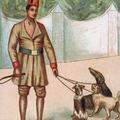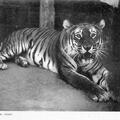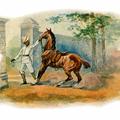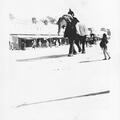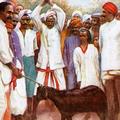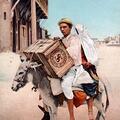Monkeys
"It was curious, for example, to hear us spoken of as ‘the Monkey People’," wrote longtime Punjab I.C.S. Officer Sir Malcolm Darling in his memoir. He continued:
"Nor was it altogether palatable to be told by a highly educated Brahmin—‘you (that is,

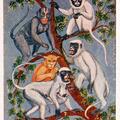
![Elephant hunting tiger [handwritten] Elephant hunting tiger [handwritten]](https://www.paperjewels.org/sites/default/files/styles/square_thumbnail/public/slides/tiger-hunting_0.jpg?itok=Ee9xwwdY)
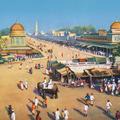
![[Child and Dog] [Child and Dog]](https://www.paperjewels.org/sites/default/files/styles/square_thumbnail/public/slides/child-and-dog.jpg?itok=88BXTF5X)
